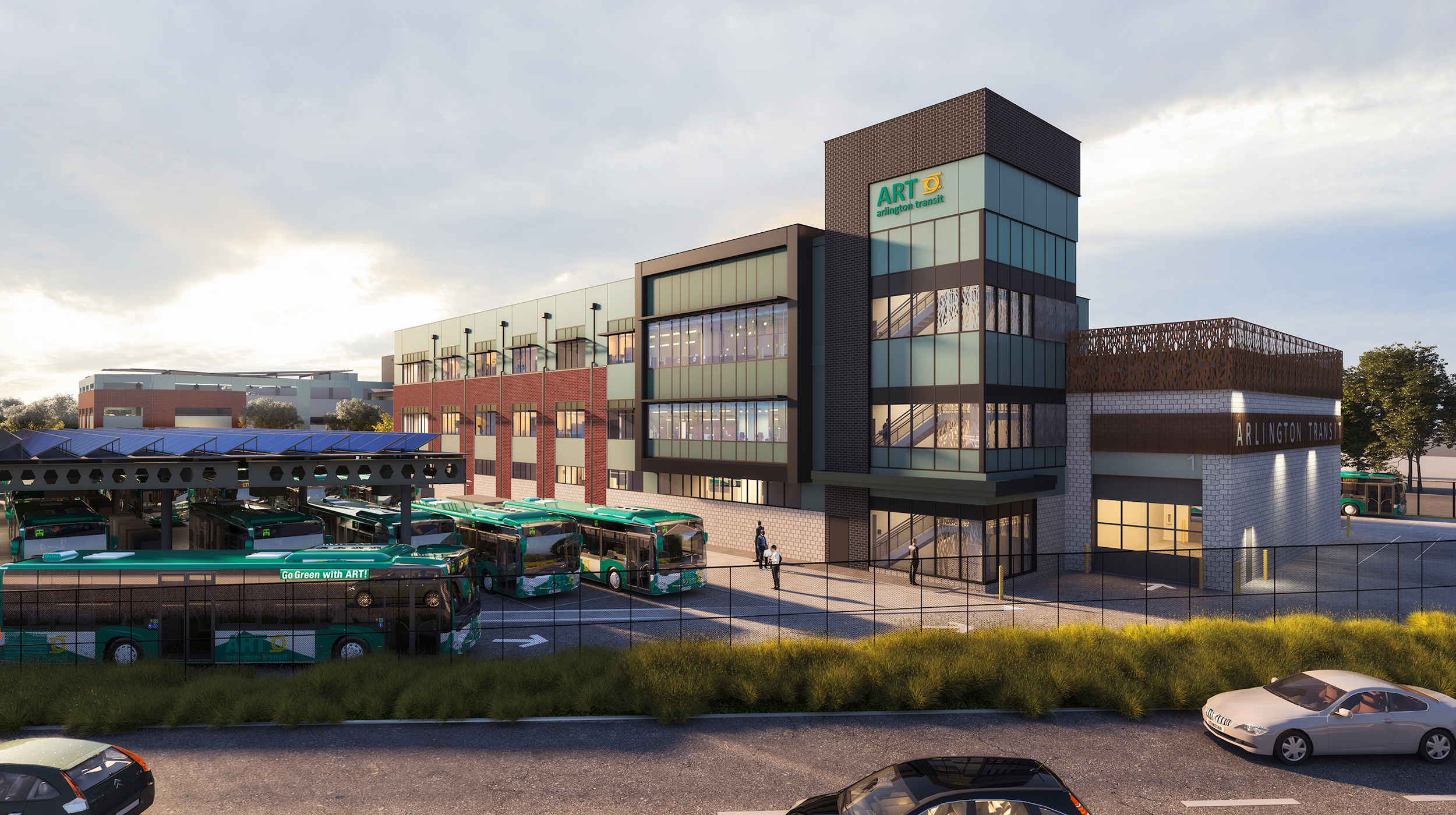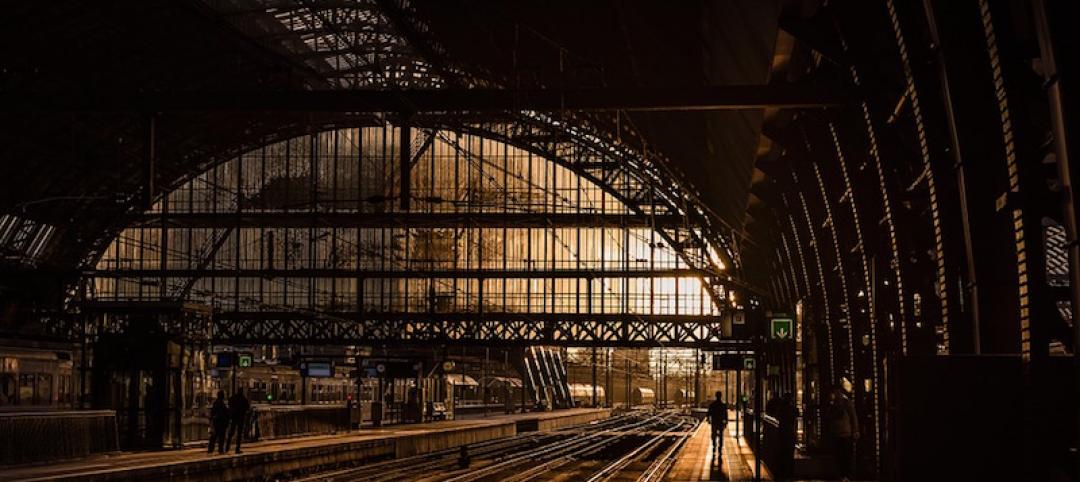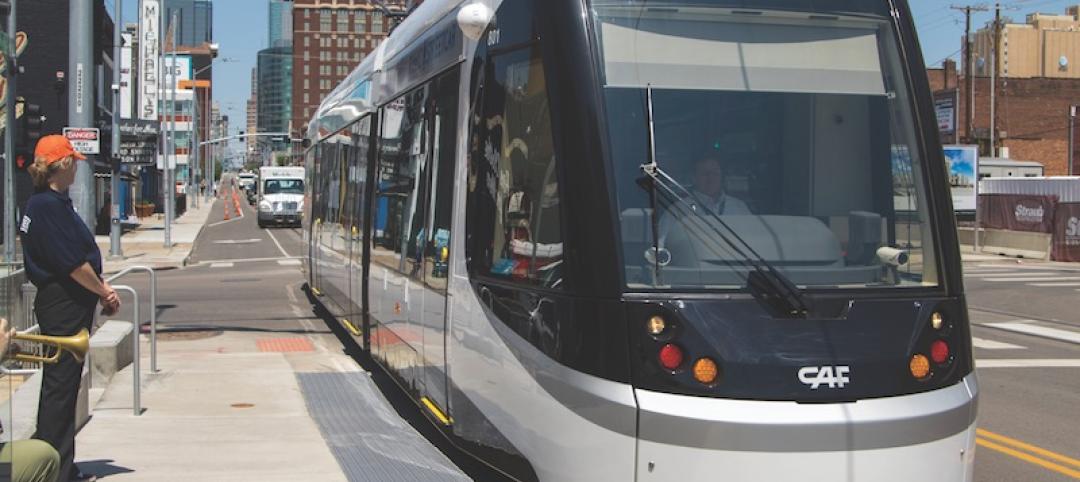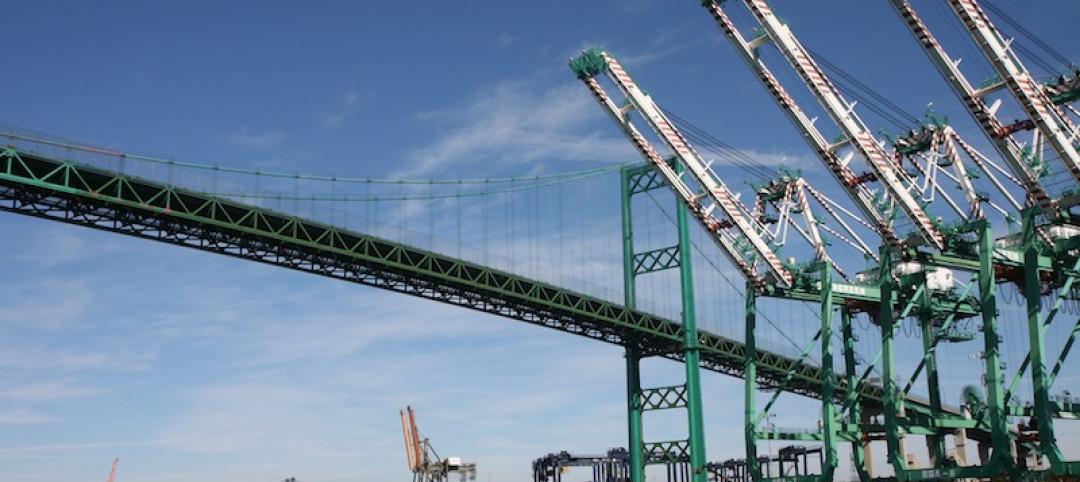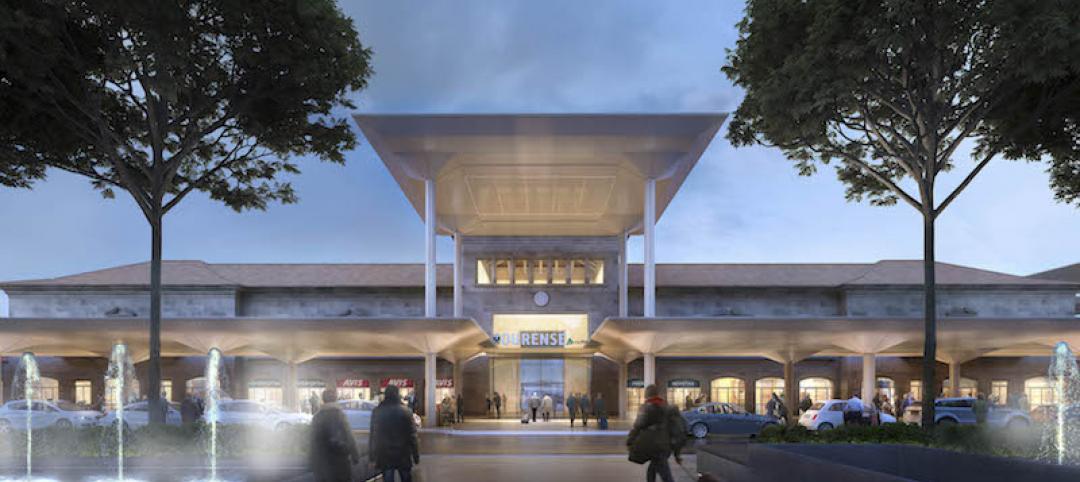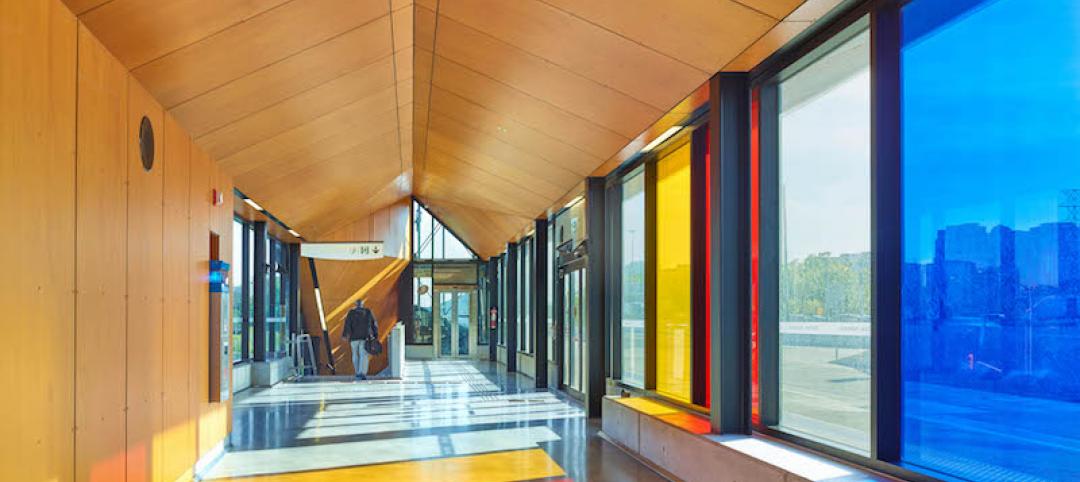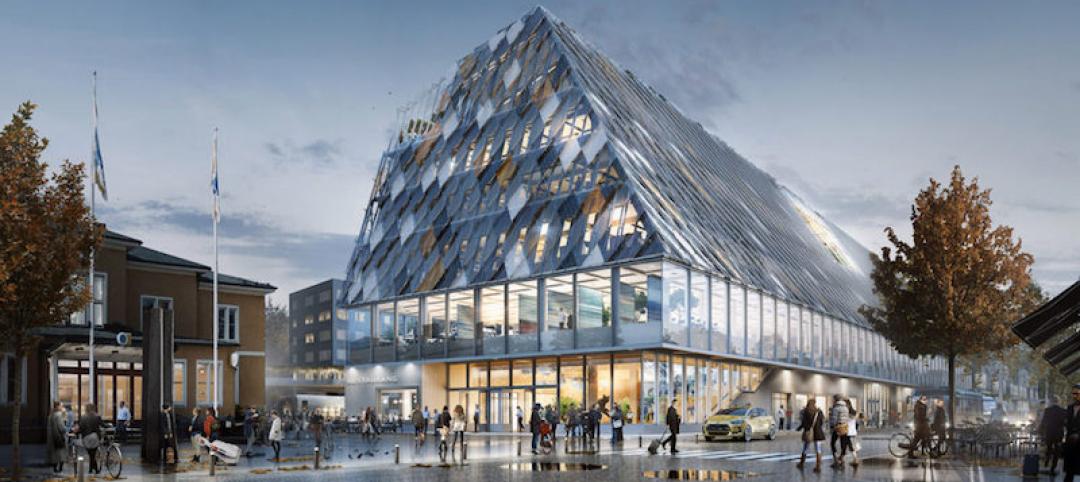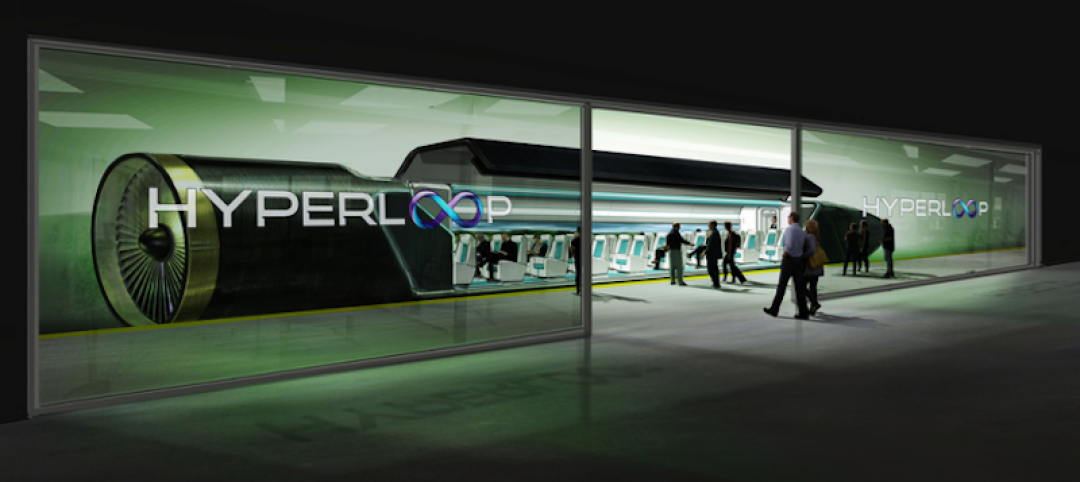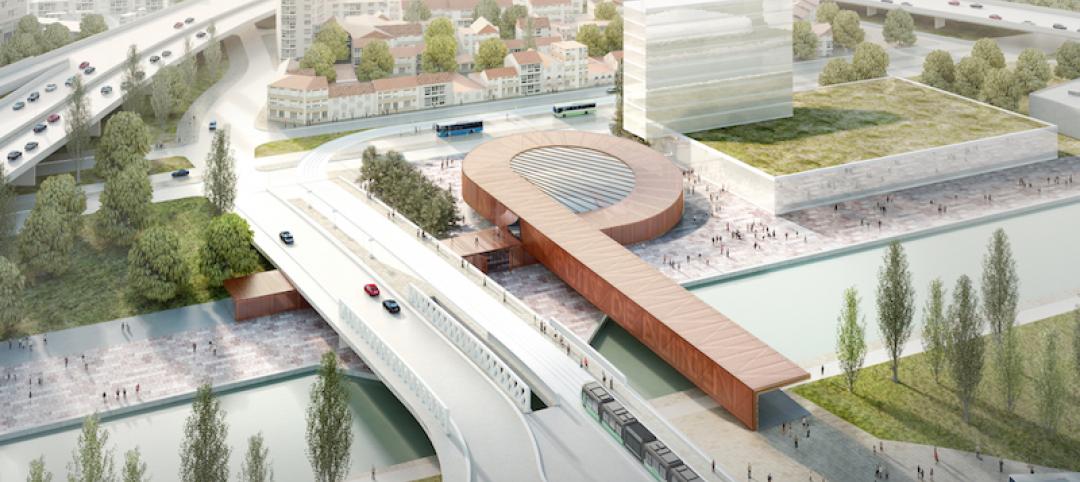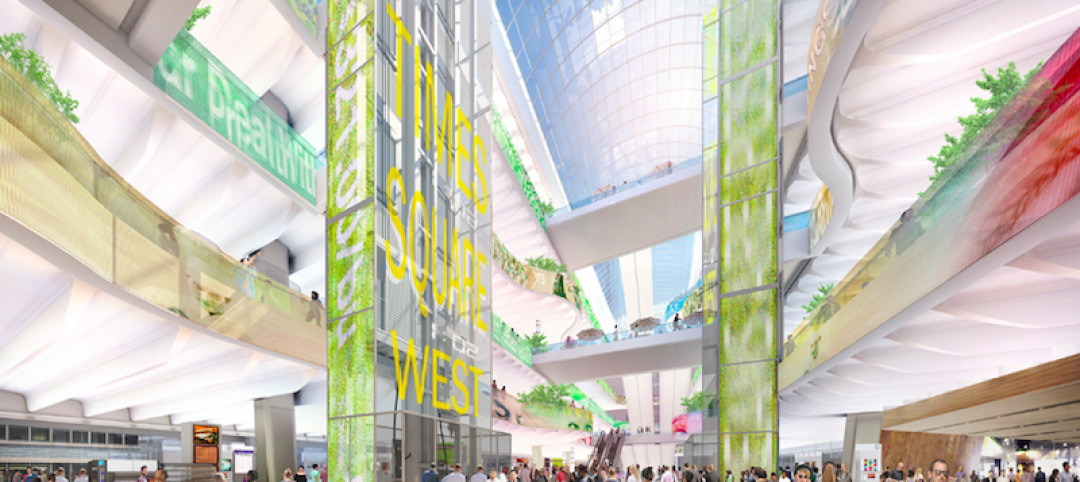Arlington (Va.) Transit’s new operations and maintenance facility will support a transition of their current bus fleet to Zero Emissions Buses (ZEBs). The facility will reflect a modern industrial design with operational layouts to embrace a functional aesthetic. Intuitive entry points and wayfinding will include biophilic accents. Large high-performance facades are designed with materials selected for longevity, resilience, and durability.
The first level will include seven repair bays and one chassis wash bay, workshops, supervisor offices, and parts storage rooms. The second level will include an administration suite, conference and training rooms, locker and break rooms, and additional parts storage. The third floor will serve operations and administration.
Operations and dispatch will overlook the bus yard, including bus operator support areas for an operator’s day room, locker and break rooms, and an exterior rooftop patio with vegetative roof. Other features include training rooms, conference rooms, an exercise room, and wellness and quiet rooms.
The project adapts three parcels of land, separated by a private access road and a regional storm water channel, for two new facilities. The two new structures—a three-story, 45,433-sf operations and maintenance facility and a four-tier, 65,096-sf parking structure—will be positioned within the reprogrammed site to support transit operations and provide a highly aesthetic piece of civic architecture for the county and surrounding area, according to a news release from Stantec.
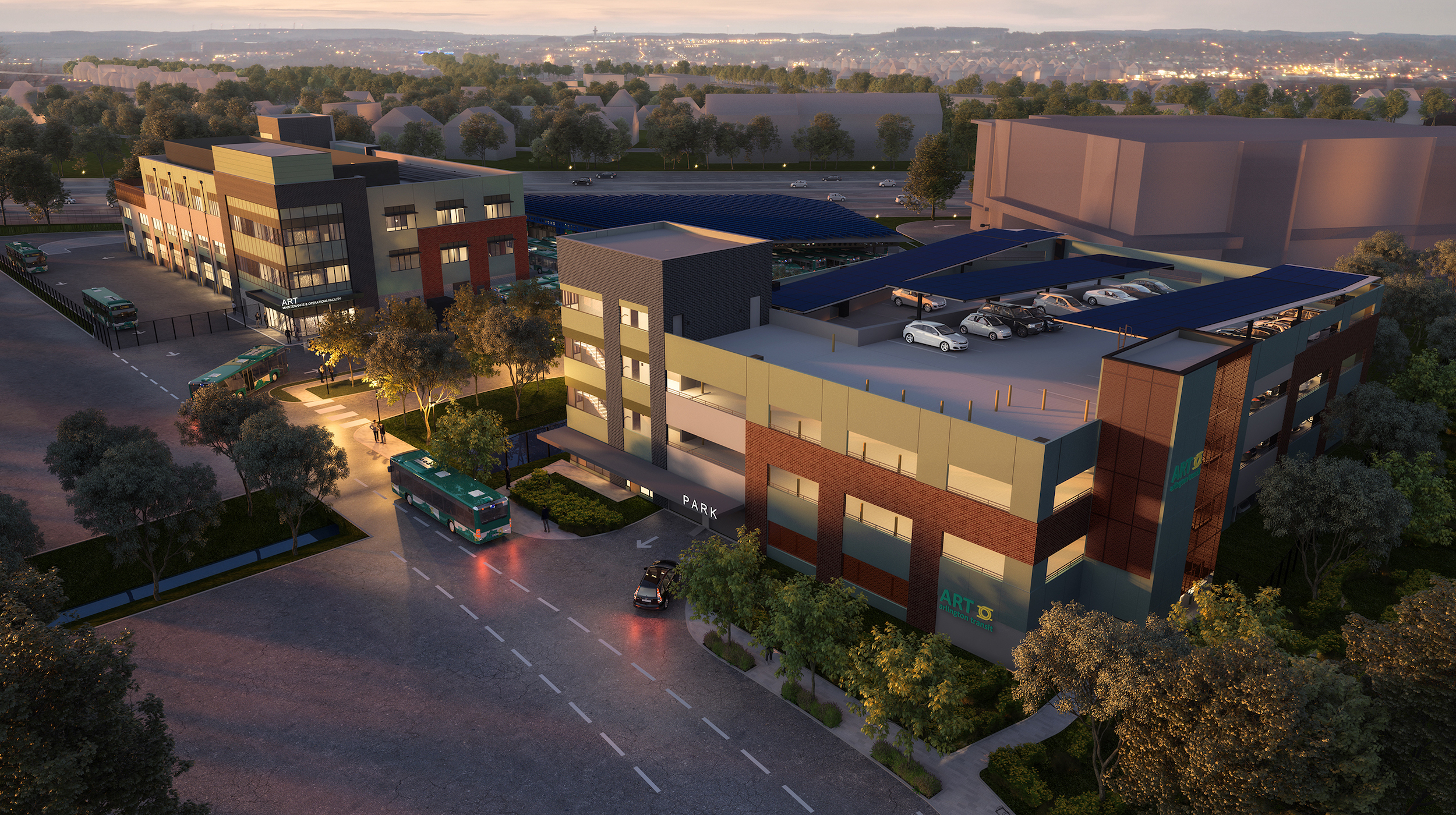
To address long-term stormwater issues and more efficient operations, site improvements include demolition of the existing buildings, channel redesign and restoration, site stormwater management, road crossing improvements, and surface parking for buses.
To support the ZEB charging infrastructure, Stantec is providing power modeling to determine the charging requirements for the fleet, and help to inform ART of any modifications, limitations, or opportunities within their service routes. Stantec will estimate the energy requirement at the vehicle level and the power capacity at the transit facility to identify the required utility upgrades and equipment, along with a long-term plan for incremental growth that aligns with anticipated vehicle replacement and upgrades.
On the building team:
Owner: Arlington County
Design architect: Stantec
Architect of record: Stantec
MEP engineer: GPI
Structural engineer: Ehlert Bryan
General contractor/construction manager: Turner Construction
Related Stories
Giants 400 | Nov 6, 2017
Top 25 transit architecture firms
Jacobs, Skidmore, Owings & Merrill, and Perkins+Will top BD+C’s ranking of the nation’s largest transit sector architecture and AE firms, as reported in the 2017 Giants 300 Report.
Mixed-Use | Sep 25, 2017
Getting there is half the fun: Mass transit helps entertainment districts thrive
In Los Angeles, the entertainment district L.A. Live is expected to benefit from the proposed expansion of the city’s mass transit system.
Transportation & Parking Facilities | Aug 6, 2017
Post Panama Canal expansion, the top three U.S. ports still rule
But land constraints around the terminals are pushing asset prices and rents to new highs.
Transit Facilities | Jun 21, 2017
Foster + Partners unveils design for the Ourense FFCC Station in Galicia, Spain
The project will create key infrastructure for the future development of the city and provide it a new social focus.
Transit Facilities | Mar 31, 2017
Mississauga Bus Rapid Transit stations share common theme but sport custom details
The route will connect with Toronto public transit.
Transit Facilities | Mar 30, 2017
Train station architectural design fundamentals: Accessibility
If safety is the number one priority for train stations, then accessibility comes in at a close second.
Transit Facilities | Feb 7, 2017
Wood and glass dominate Swedish city’s new ‘living room’
The building will be a train station and City Hall for the Swedish city of Växjö.
Transportation & Parking Facilities | Jan 31, 2017
Public transportation of the future: Four new sustainable technologies
In 2014, Americans spent an average of 42 hours per year sitting in traffic jams.
Transit Facilities | Nov 15, 2016
The winning design for the Paris metro station competition looks like a giant, loopy “P”
Bjarke Ingels Group and Silvio d’Ascia Architecture teamed up to create the winning submission.
Transit Facilities | Sep 30, 2016
Five finalists revealed for NY Port Authority Bus Terminal redesign project
The public will now judge the five proposals by providing comments and feedback.


